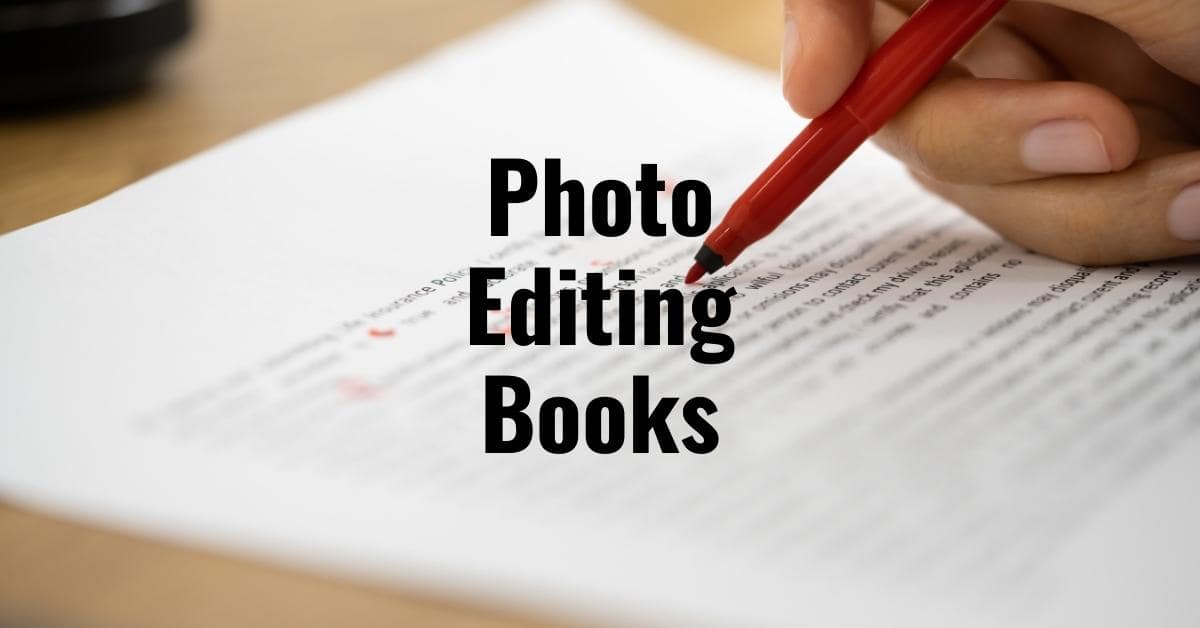In today’s visually-driven world, photography has become an essential skill for both amateurs and professionals alike. However, capturing the perfect shot is just the beginning; the real magic often happens during the post-processing stage. To master the art of photo editing, you’ll need a trusted companion – a photo editing book. In this comprehensive guide, we’ll explore the world of photo editing books, helping you choose the right one to elevate your photography game.
The Importance of Photo Editing Books
In this section, we will delve into why photo editing books are indispensable tools for anyone passionate about photography.
Why Do You Need a Photo Editing Book?
Photo editing is a powerful tool that can transform your ordinary photos into extraordinary works of art. A photo editing book serves as your mentor, guiding you through the intricate process of enhancing, retouching, and manipulating images. It’s an investment that pays off in the form of stunning visuals that leave a lasting impression.
Benefits of Learning from a Book
- Comprehensive Learning: Books provide structured, in-depth knowledge, covering various editing techniques and software.
- No Internet Dependency: Unlike online tutorials, books don’t require an internet connection, ensuring uninterrupted learning.
- Focused Learning: Books help you concentrate on a specific skill or software, making you an expert in that area.
- Reliable Reference: They serve as trustworthy references for future use.
Types of Photo Editing Books
In this section, we’ll embark on a journey to explore the various categories of photo editing books, each tailored to meet the unique needs and aspirations of photographers on their creative path.
1. Beginner’s Guides
Ideal for newcomers, these books break down the basics of photo editing, introducing concepts like color correction, cropping, and exposure adjustments. They often focus on user-friendly software like Adobe Lightroom.
2. Advanced Techniques
For seasoned photographers looking to take their skills to the next level, advanced photo editing books delve into intricate techniques such as layer masking, retouching, and compositing. They cater to software like Adobe Photoshop.
3. Software-Specific Books
Dedicated to a particular editing software, these books are perfect if you want to master a specific tool like Photoshop, GIMP, or Capture One.
4. Specialized Genres
Some books focus on niche areas such as portrait retouching, landscape editing, or even mobile editing apps, providing specialized knowledge.
How to Choose the Right Photo Editing Book
In this section, we’ll embark on a journey to uncover the strategies and considerations that will empower you to select the photo editing book best suited to your unique needs and aspirations. Whether you’re a novice seeking a gentle introduction or an experienced editor looking to refine your skills, this guide will help you navigate the selection process with confidence.
Consider Your Skill Level
Assess your proficiency in photo editing. Beginners should start with introductory books, while experienced editors can opt for advanced guides.
Choose Your Editing Software
Select a book that aligns with the software you use. This ensures that the techniques and tools discussed are relevant to your needs.
Read Reviews and Recommendations
Look for reviews, recommendations, and testimonials to gauge the book’s quality and effectiveness.
Check for Updates
Ensure that the book is up-to-date with the latest software versions and editing trends.
Conclusion
Investing in a photo editing book is a step towards enhancing your photography skills. Whether you’re a beginner or a seasoned photographer, there’s a book out there tailored to your needs. Choose wisely, practice diligently, and watch as your photos transform from ordinary to extraordinary, making a lasting impression on all who view them. Happy editing!
Remember, mastering photo editing is a journey, and with the right book as your guide, you’re well on your way to unleashing your creative potential.
FAQs
Yes, online tutorials are a viable option. However, books offer a structured and comprehensive learning experience, making them ideal for those who prefer a well-organized approach.
Not necessarily. Many books cater to free or affordable editing software like GIMP or Lightroom. You can start with these before investing in more advanced tools.
Absolutely! There are numerous books dedicated to mobile editing apps like Snapseed and Adobe Lightroom Mobile, allowing you to edit on-the-go.
Yes, there are specialized books that focus on portrait retouching techniques, helping you achieve professional-quality results.
Practice is key. Apply the techniques you learn on your own photos or use stock images to experiment and refine your skills.
This page was last edited on 3 April 2024, at 11:49 am
